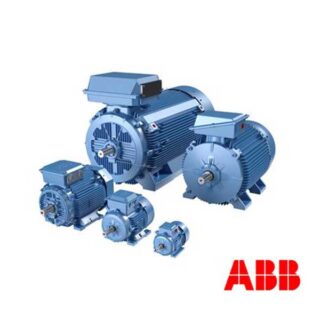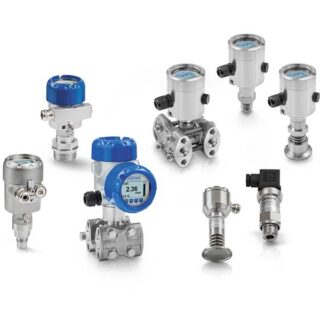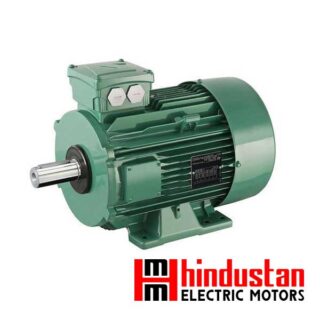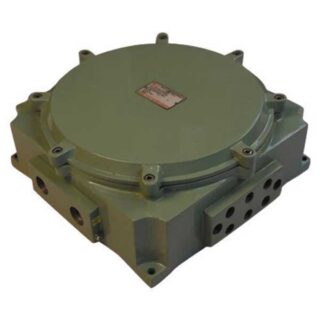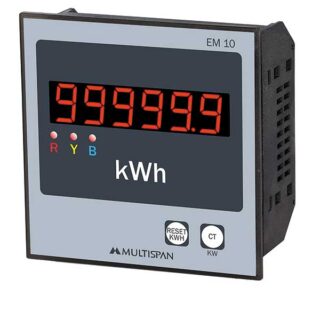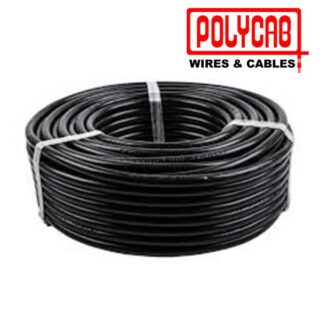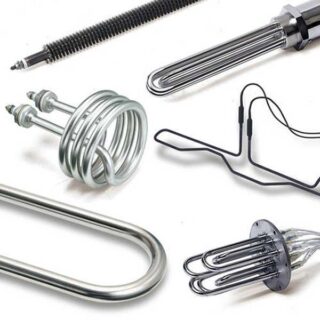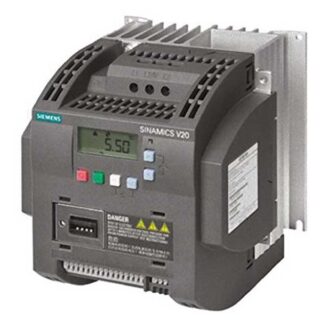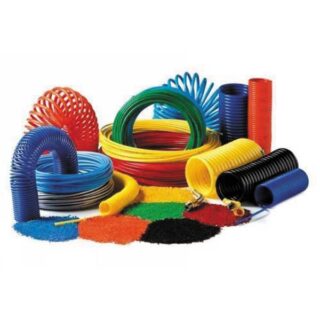
Flow meters are devices used to measure the rate at which fluids flow through pipes or conduits. Its main purpose to determine the speed or volume of the fluid. Flow meters find application in various industries, including water treatment, oil and gas, chemical processing, and food and beverage production.
There exist different types of flow meters, its own advantages and limitations. Here are some types:
Differential pressure flow meters
These meters create pressure drop in pressure across a restriction in the pipe and measure the pressure difference before and after the restriction and it works
Positive displacement flow meters
These meters trap fixed amount of fluid and count the number of times this amount is displaced to calculate the flow rate.
Turbine flow meters:
This meter has a rotor with blades to spin as fluid passes from it, and it measure the speed of the rotor to determine the flow rate.
Electromagnetic flow meters:
This meter utilize Faraday’s law to measure the voltage generated, when conductive fluid passes through a magnetic field.
Ultrasonic flow meters:
This meter creates sound waves to measure the velocity of the fluid and can be also use in large pipes or open channels.
The choice of flow meter depends on factors such type of fluid being measured to flow rate, required accuracy and reliability.
Differential pressure flow meters, such as orifice plate flow meters and venturi flow meters, are commonly used in industrial applications to measure the flow rate of liquids, gases, and steam.
It has a relatively simple design and Which can measure a wide range of flow rates. However, It can be sensitive to changes in fluid properties, and its use may cause a significant pressure drop in the pipeline. Periodic maintenance and calibration are necessary, and It may not be suitable for measuring fluids containing solids or slurries.
Positive displacement flow meters piston flow meters and oval gear flow meters are widely utilized for measuring flow rate of liquids with consistent viscosity, oils, fuels, and chemicals. It offers high accuracy even at low flow rates, and These are not affected by changes in fluid properties. However, It can be more expensive than other types of flow meters and It may not be suitable for measuring fluids containing solids or slurries.
Turbine flow meters axial and radial turbine flow meters, are commonly uses in various industries to measure the flow rate of liquids, gases, and steam. It provides accurate measurements even at low flow rates, and can be used for a wide range of flow rates. However, It can be sensitive to changes in fluid properties and may be affected by fluid impurities or solid particles. It can also cause a pressure drop in the pipeline.
Electromagnetic flow meters are also known as meg flow meters. These are extensively used in industrial applications to measure the flow rate of conductive liquids like water, acids, and alkalis. It can provide accurate measurements even for low conductivity fluids, and are suitable for measuring highly corrosive and abrasive liquids. It do not cause a pressure drop in the pipeline and can measure both liquids and slurries. However, These are generally more expensive and can only be used with conductive liquids. low cost flow meg flow meters are also available in markets.
Ultrasonic flow meters includes Doppler flow meters and transit-time flow meters, these are employed for measuring the flow rate of liquids, gases, and steam. It offers accurate measurements, even for fluids with high viscosity, density, or temperature. It do not cause a pressure drop in the pipeline and also do not require contact with the fluid. However, they may not be suitable for fluids containing gas bubbles or solids and may be affected by changes in fluid composition and environmental factors.
Mass flow meters directly measure for mass flow rate of a fluid, rather than the volumetric flow rate.
Coriolis flow meters and thermal flow meters are two common types. Coriolis flow meters measure the change in fluid momentum caused by the Coriolis force, providing accurate measurements for both liquids and gases. Thermal flow meters measure the change in temperature of a heated element as fluid flows past it and are commonly used for gases. Mass flow meters can be accurate and have good repeatability, but It can be more expensive and It may have limitations in terms of flow range and fluid compatibility.
When selecting a Flow meter, it is important to consider factors such as the flow range, accuracy, repeatability, pressure and temperature ratings, material of construction, output signal, and power requirements. These specifications will vary depending on the application and industry requirements.
Accurate flow measurement is essential for process control, resource management, quality control, safety, and regulatory compliance in industries where fluid flow is critical. Flow meters enable companies to monitor and optimize its operation, ensuring efficient and reliable performance.

Flow Meter

Air Solenoid Valve
Instrumentation



